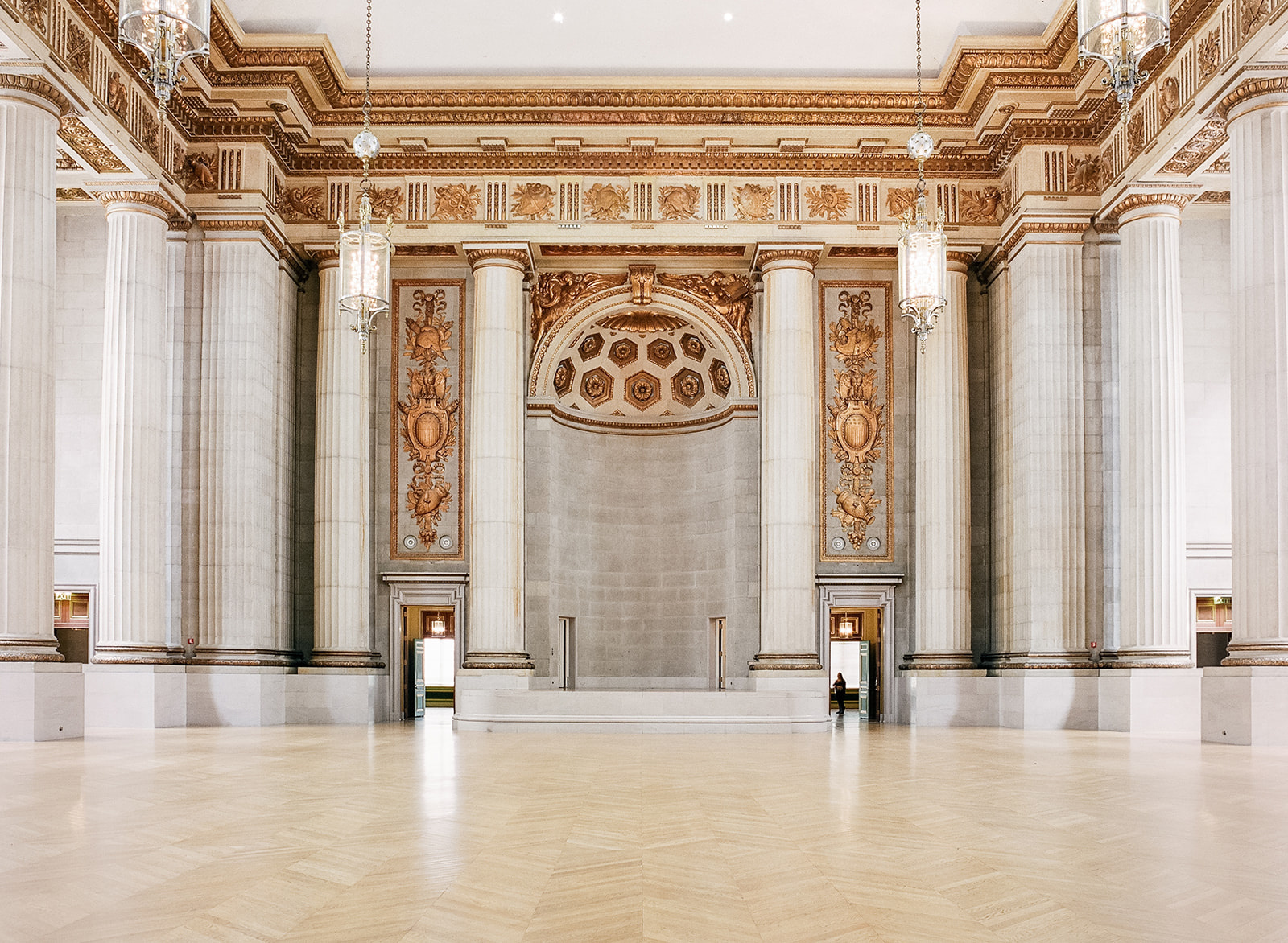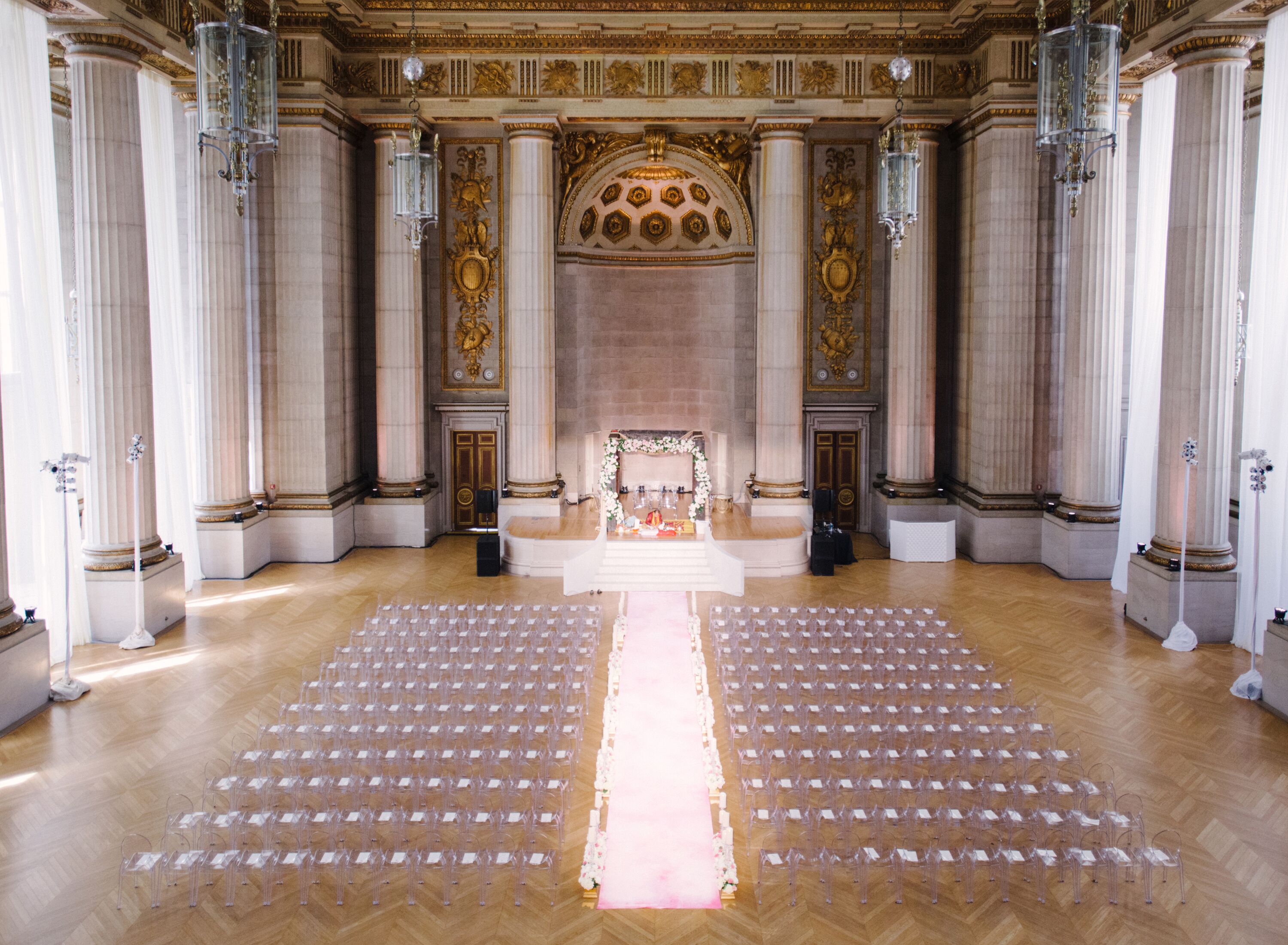Mellon Auditorium’s History and Architecture
Mellon Auditorium is a landmark building located in Washington, D.C., renowned for its architectural significance and historical importance. Constructed in 1938, the auditorium was commissioned by philanthropist and industrialist Andrew W. Mellon as a tribute to his father, Judge Thomas Mellon. Designed by renowned architect John Russell Pope, Mellon Auditorium exemplifies the grandeur and opulence of the Art Deco architectural style.
The Mellon Auditorium, a grand Beaux-Arts edifice in the heart of Washington, D.C., has played host to countless events throughout history. One of its most notable upcoming engagements is the NATO Summit 2024 , where world leaders will gather to discuss pressing global issues.
The auditorium’s ornate interior and historical significance will provide a fitting backdrop for this momentous occasion, echoing the weight of the decisions that will shape the future of the transatlantic alliance and beyond.
The auditorium’s striking exterior features a symmetrical facade adorned with intricate carvings, decorative panels, and a central portico supported by massive Ionic columns. The interior is equally impressive, boasting a grand foyer with a soaring ceiling and marble walls, leading to a spacious auditorium with a seating capacity of over 1,000.
The Mellon Auditorium, a grand Beaux-Arts building in Washington, D.C., has witnessed countless historic events, including meetings of NATO members. Its ornate interior, with its soaring ceilings and marble columns, provides a fitting backdrop for discussions on global security and cooperation.
The auditorium has played a pivotal role in shaping the course of international relations, serving as a forum for dialogue and consensus-building among nations.
Architectural Features
- Art Deco Style: Mellon Auditorium epitomizes the Art Deco architectural style, characterized by its bold geometric forms, stylized ornamentation, and luxurious materials.
- Symmetrical Facade: The exterior facade is symmetrical, with a central portico flanked by two wings. The portico features a pediment supported by Ionic columns, while the wings are adorned with decorative panels and carvings.
- Grand Foyer: The grand foyer is a stunning space with a soaring ceiling and marble walls. The ceiling is decorated with intricate moldings and a central chandelier, while the walls are adorned with murals depicting scenes from American history.
- Auditorium: The auditorium is a spacious and elegant space with a seating capacity of over 1,000. The auditorium features a proscenium stage, a vaulted ceiling, and walls lined with decorative panels.
Historical Significance, Mellon auditorium
Mellon Auditorium has played a significant role in Washington, D.C.’s history. It has hosted numerous important events, including:
- Presidential Inaugural Balls: Mellon Auditorium has hosted the inaugural balls for several U.S. presidents, including Dwight D. Eisenhower, John F. Kennedy, and Ronald Reagan.
- State Dinners: The auditorium has been the venue for numerous state dinners hosted by U.S. presidents and foreign dignitaries.
- Concerts and Performances: Mellon Auditorium has hosted a wide range of concerts and performances by renowned artists, including the National Symphony Orchestra and the Washington Opera.
Mellon Auditorium remains a beloved landmark in Washington, D.C., and continues to serve as a venue for important events and cultural gatherings.
Mellon Auditorium’s Role in Cultural Events
Mellon Auditorium has played a pivotal role in shaping the cultural landscape of Washington, D.C. Since its opening in 1932, the auditorium has hosted a wide array of cultural events, including concerts, speeches, and performances, showcasing renowned artists and thought leaders from around the world.
The auditorium’s grand acoustics and elegant ambiance have made it a sought-after venue for musical performances. Over the years, the stage has been graced by legendary musicians such as Duke Ellington, Ella Fitzgerald, and the Boston Symphony Orchestra. These performances have not only entertained audiences but also contributed to the growth and appreciation of music in the city.
Speeches and Lectures
In addition to musical events, Mellon Auditorium has also hosted numerous speeches and lectures by prominent figures. Presidents, politicians, and thought leaders have used the auditorium’s platform to share their ideas and inspire audiences. Notably, Martin Luther King Jr. delivered his iconic “I Have a Dream” speech at Mellon Auditorium in 1963, leaving an indelible mark on the auditorium’s history and the civil rights movement.
International Exchange
Mellon Auditorium has also played a significant role in fostering international cultural exchange. The auditorium has hosted performances by renowned international artists, such as the Moscow State Circus and the Vienna Boys’ Choir. These events have not only showcased diverse cultural traditions but also promoted understanding and appreciation between different nations.
Mellon Auditorium’s Current Usage and Future Plans

Mellon Auditorium remains a bustling hub for cultural and intellectual exchange in Washington, D.C. Its versatility allows it to host a wide range of events, including conferences, exhibitions, lectures, and performances.
Current Uses
The auditorium’s main hall, with its soaring ceiling and excellent acoustics, is a popular venue for conferences and symposia. Its spaciousness and modern amenities make it an ideal setting for large-scale gatherings. Additionally, the auditorium’s smaller meeting rooms and exhibition spaces are frequently utilized for workshops, receptions, and art exhibitions.
Upcoming Renovations and Expansion Plans
To enhance the auditorium’s functionality and preserve its architectural legacy, plans are underway for extensive renovations and expansion. These plans include:
- Restoration of the auditorium’s historic features, such as its stained-glass windows and marble walls.
- Modernization of the building’s infrastructure, including upgrades to its electrical and HVAC systems.
- Expansion of the auditorium’s backstage and support areas to accommodate larger productions.
Potential Impact
The renovations and expansion are expected to revitalize Mellon Auditorium, ensuring its continued relevance as a premier cultural destination. The upgrades will enhance the auditorium’s ability to host a wider range of events, attract new audiences, and strengthen its position as a cultural landmark in Washington, D.C.
